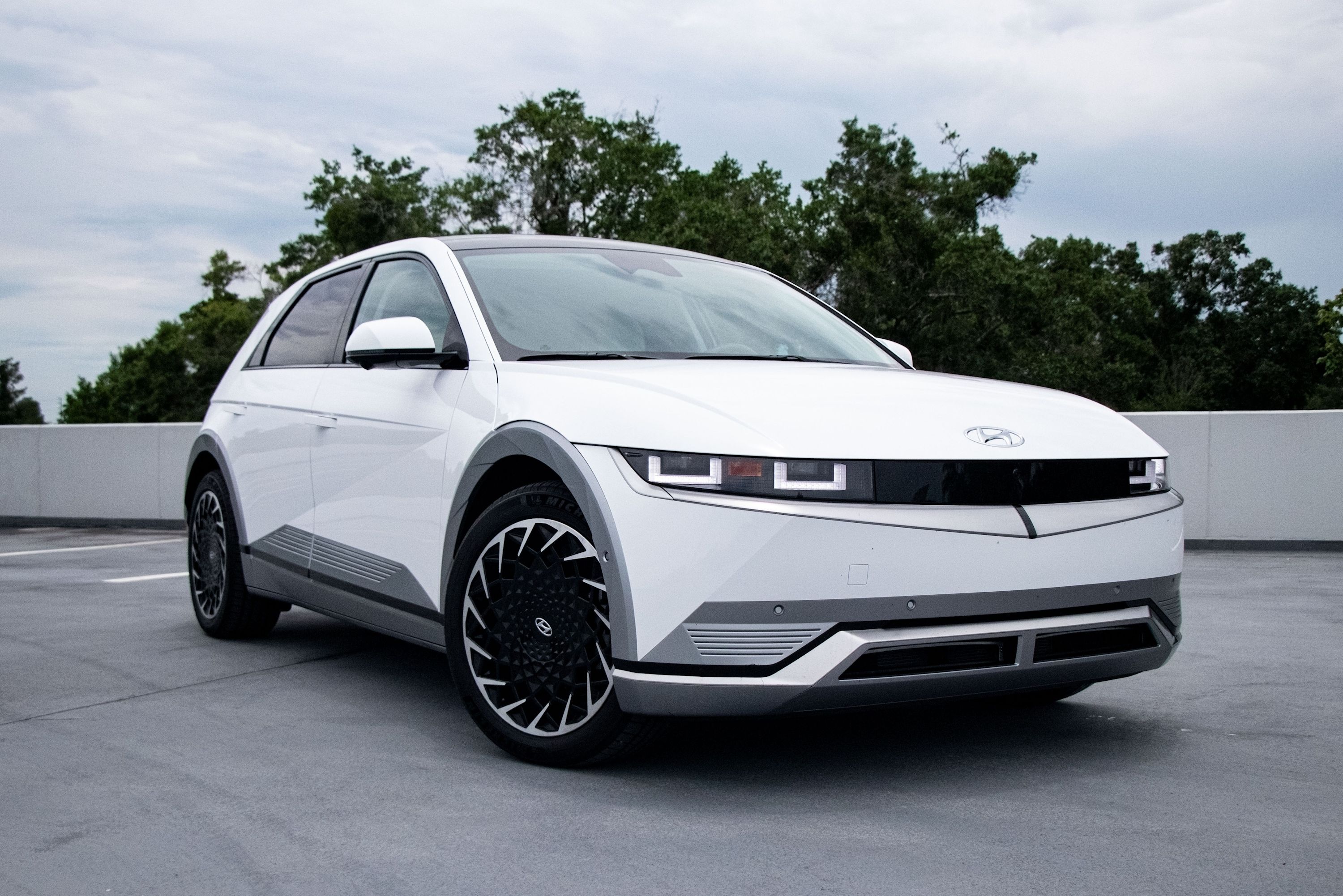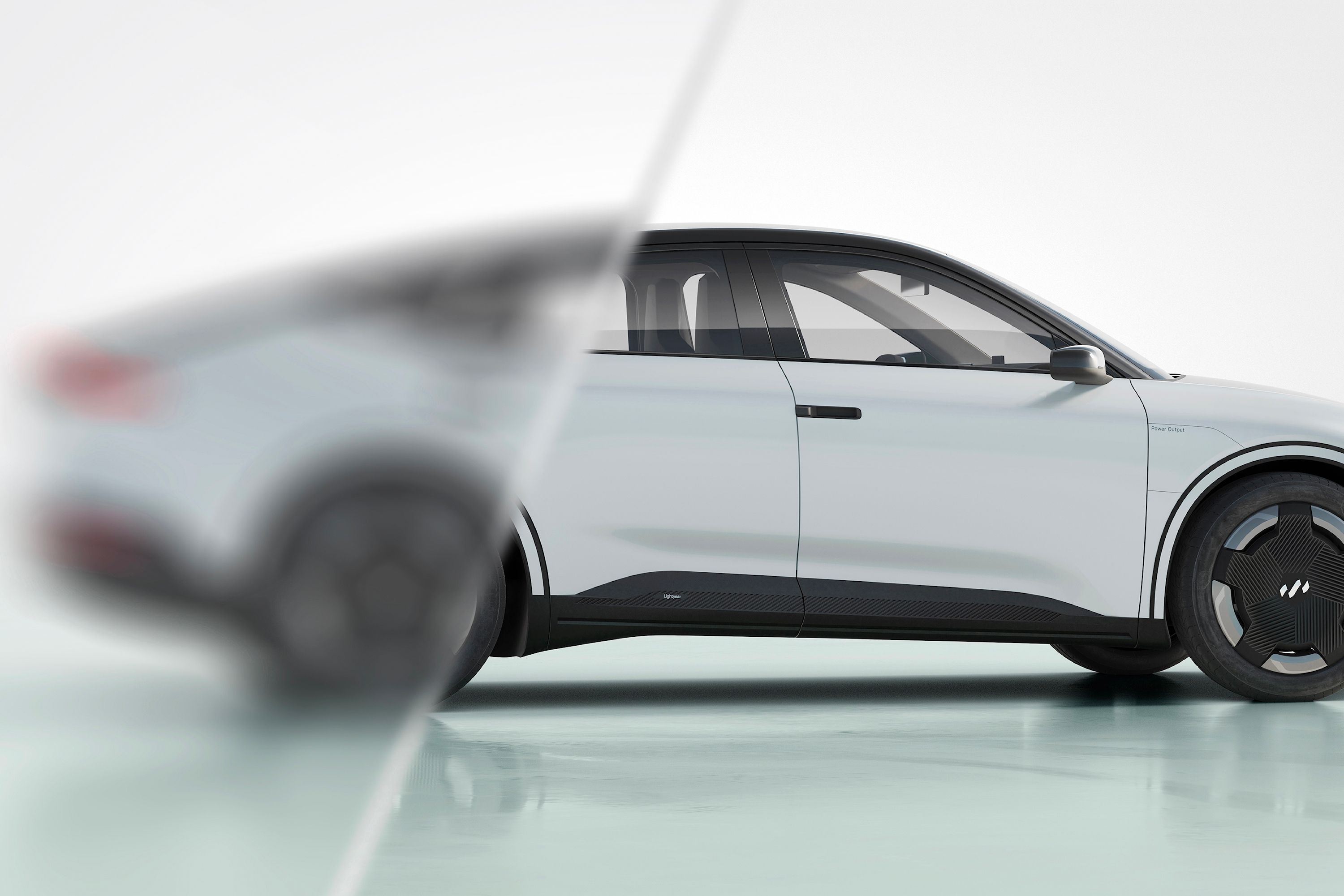
The first images of the Lightyear 2 solar-powered car have been published, courtesy of the Dutch automaker's website.
The Lightyear 2 promises to be an electric car with an integrated layer of solar cells that could extend its range to 500 miles before it needs recharging. It's not a pure solar-powered car as it can be plugged in, but Lightyear says, "Lightyear 2 could even sustain itself without a socket in sight." The Dutch startup company also claims the car "needs three times fewer charges than a conventional EV."
The claims are similar to the original Lightyear 0 but without the Euro equivalent of a $265,000 price tag. Lightyear says it's aiming for around $40,000, and it will be available in the US. If the Lightyear 2 makes it to market as planned, it would genuinely change the game and make electric vehicles much more viable for many people. We have seen cars with solar roofs before, but cars like the Hyundai Sonata Hybrid could only add 3-5 miles to their range after a day in the sun.
Lightyear isn't giving away much in the way of detail, stating, "We are currently in the process of making our final technical design decisions, which is why we cannot disclose the exact specifications just yet." We've reached out to Lightyear as we're curious how it has decreased the price drastically from the Lightyear 0, but we do know the brand received substantial investment recently and even has the backing of Koenigsegg.
In true startup style, Lightyear has just made it possible to sign up for a waitlist on its website, which it says will give people the best chance to get on the limited pre-order list. A reveal of the Lightyear 2 is promised sometime in 2023, and production is slated to start in 2025.
Our Take On The Lightyear 2
If Lightyear delivers as promised, even at a starting price of $50,000, a car with up to 500 miles of range, it'll be a drastic leap forward that existing automakers will have to catch up with quickly. It strikes us that Lightyear could make a lot of money and push the industry forward with a big shove by selling its solar technology to automakers.
Perhaps the biggest impact it could have on electric vehicles is reducing the necessity of using public chargers on long trips. The public charging network and infrastructure are not great here in the US, and we're not optimistic that it will keep up with the rising availability and uptake of EVs by consumers.
The naysayers will bring up the fact that solar technology is useless at night, but the point here is pushing technology forward one thing at a time. We'll take having an electric vehicle with its range extended or charging itself during the day over it not.

